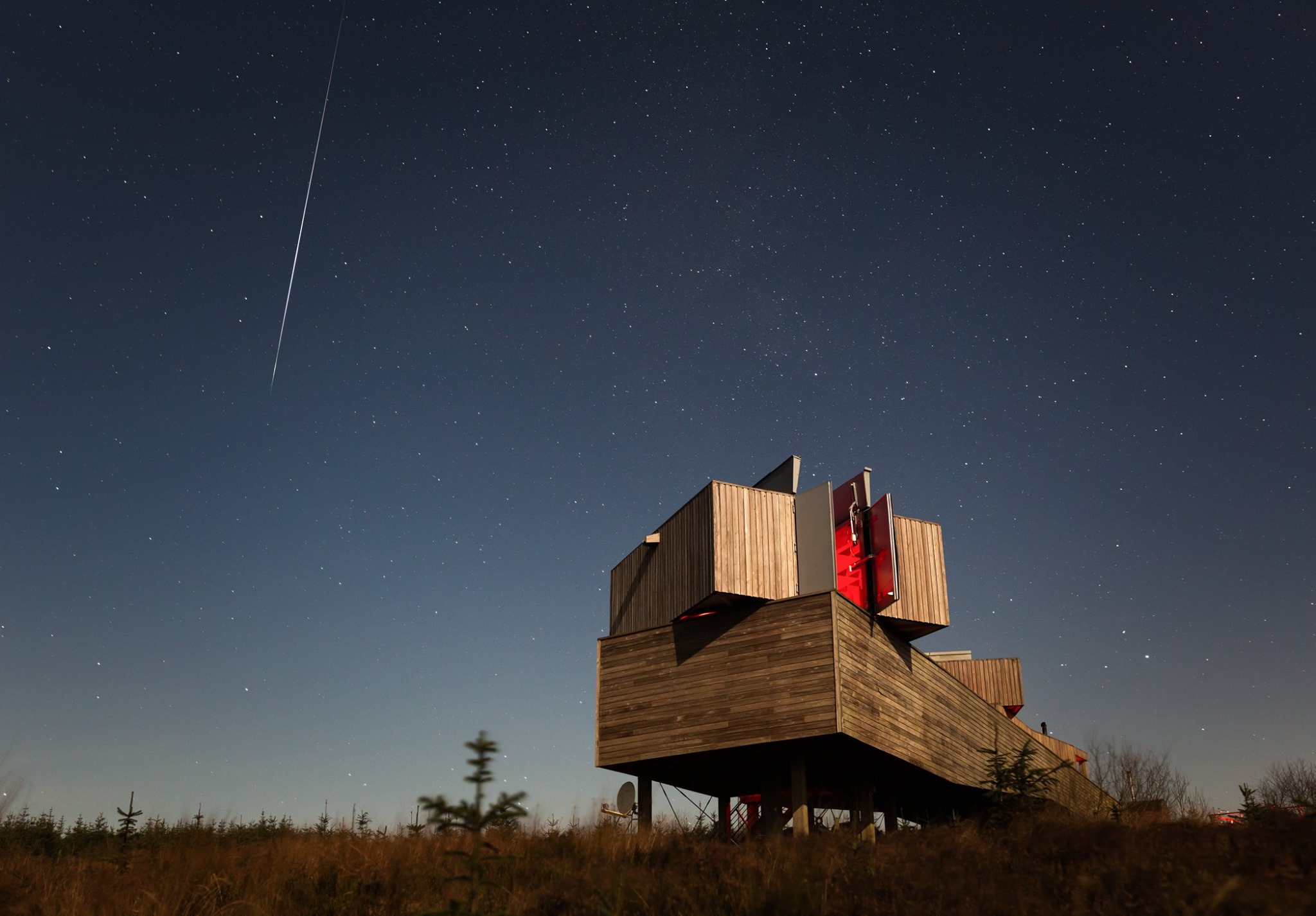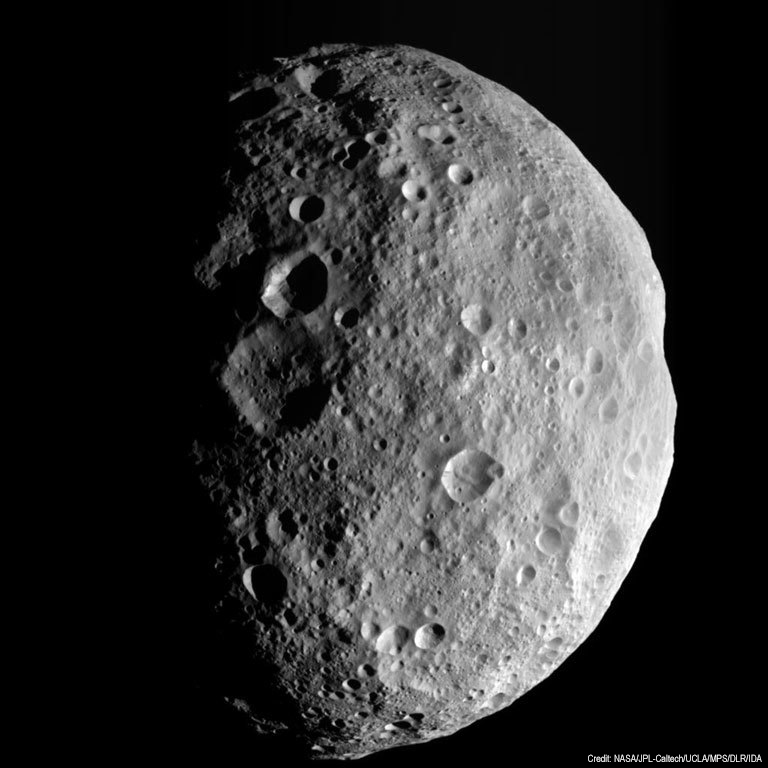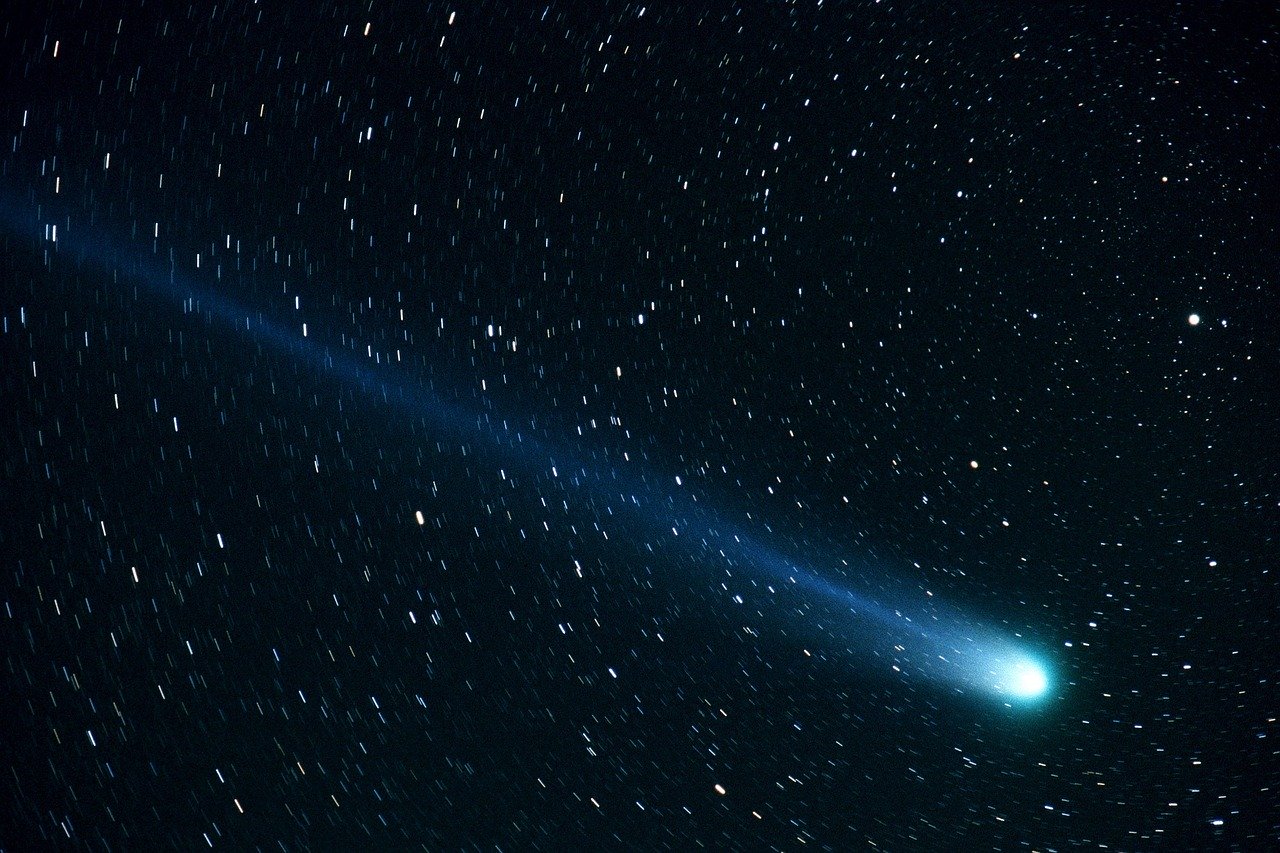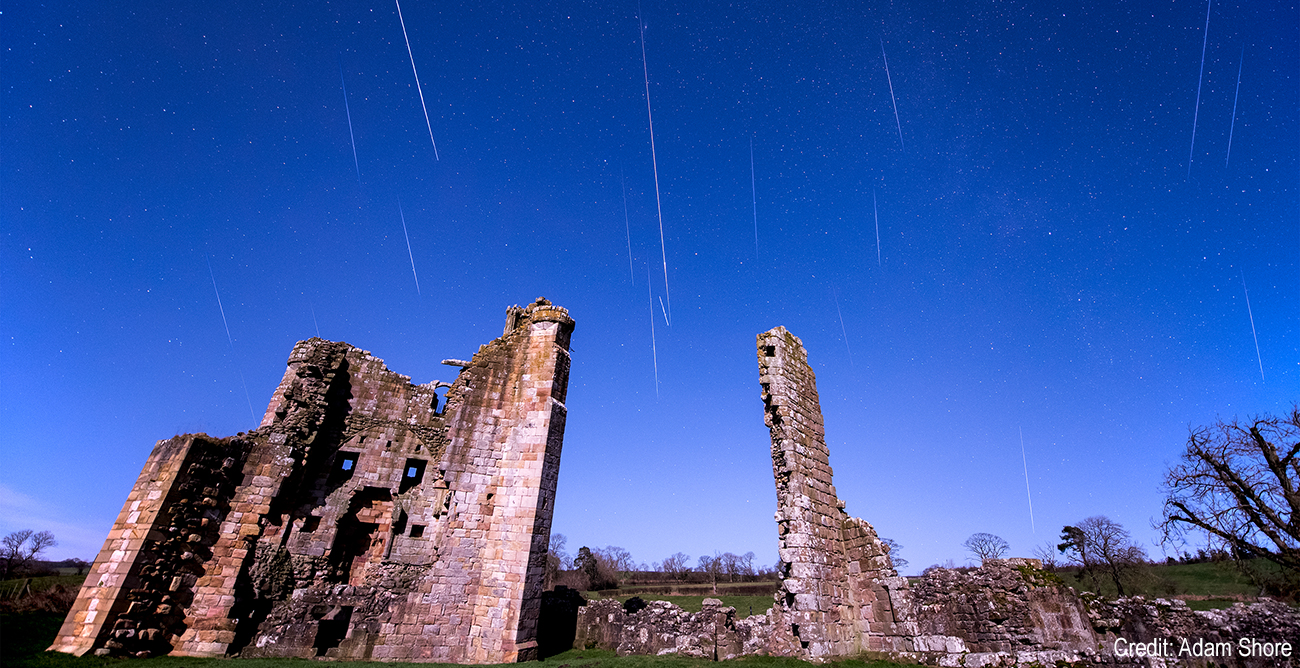What is a Meteorite?
A meteorite is the name that we give to a piece of rock or metal which comes from another terrestrial body (e.g. planet, asteroid or comet) and has fallen to the earth. There are a few places from which this rock may originate; from large terrestrial bodies such as planets, to smaller, objects such as asteroids and comets.
We see a range of different types of meteorites, depending on their origin, and put them in 3 main categories; rock, metallic, and rock / metallic. The minerals within each rock sample, can tell us a lot about its origin. Around 90% of samples we find have a very high iron and nickel composition. It’s pretty tough fighting through miles of thick Earth atmosphere, at incredible speeds and temperatures, so the denser, or larger samples have much better chance of landing.

When something such as this is entering through the Earths’ atmosphere, we would refer to it as a Meteor. Often meteors are referred to as 'shooting stars', however clearly these have nothing to do with the actual stars in the sky. At this stage, as the meteor plummets through the sky, we wouldn’t be certain of what it would be made out of. Depending on how big it is, it may not even land here on Earth. Sometimes they may display a colour as they streak through our skies. The colour can tell us what the meteor may be composed of.
Its appearance will depend on its size at this stage, from tiny pieces of dust, no bigger than a grain of sand, to miles in diameter, similar to the one that could have been responsible for the extinction of the Dinosaurs.
Although the smaller ones we see frequently we call meteors, sometimes when they are bigger we will refer to them as something else.

Bolide/Fireball
This would be something larger than a football. It gets its name from the Greek word Bolis meaning Missile). They would have a large burning tail and may fragment, and look like a firework. There have been many cases where these are visible during the day. One of which is the Chelyabinsk meteorite which landed in Russia during February 2013. As it entered the earth's atmosphere, it was larger than a double decker bus and broke apart in the sky. It ended up landing as thousands of smaller samples, and a few larger chunks between 65cm and 1m wide.
Entering through the atmosphere, these samples of space debris can reach speeds of 160,000mph squashing a pocket of air in the front end of the rock which reaches temperatures of up to 1600°C. These speeds and temperatures can change the shape of the sample, completely disintegrate it or blow it apart. The entry pattern is something we will look at in the Meteorites & Craters lesson. Meteors coming through the atmosphere will most definitely shrink, in what we call “ablation” as layers of the outside of the meteor is stripped away due to friction against the gases in Earths’ atmosphere.

Where does it come from?
Larger rock, which is capable of surviving the entry through Earth’s atmosphere, may be displaced from its place of origin by an impact, collision, or gravity as it orbits the Sun.
Smaller samples, of which we get approximately 4 million per day, plunge into Earths’ atmosphere as a result of comets, shedding their icy layers as they get closer to the Sun, large asteroids which have debris surrounding them, or residual dust particles from the earlier stages of our solar system.
Around our solar system, we have a number of words we use to describe things, from Asteroids, Meteoroids, Planets, Dwarf Planets, Moons and Comets. Let’s have a look at what each of them are.
Asteroids
These are typically large pieces of rock - some ranging from a few metres to many hundreds of miles. A large region in our solar system which stretches around the Sun between the planets Mars and Jupiter’s’ orbit, is called the Asteroid Belt. This fascinating region is home to around 2 million pieces or rock in excess of 1km wide, and many millions of smaller asteroids and meteoroids. The largest asteroid in this region is called 4 Vesta, it is 326 miles in diameter. Larger rocks such as this often have various layers within them where different minerals are formed thanks to gravity, pulling heavier metals such as iron to the core. The asteroid belt would have formed a larger planet in the early stages of our solar system, however gravitational disturbances in this region thanks to Jupiter prevented that from happening. If you collected all of these rocks together, you could comfortably make a new planet. Samples from this region are often as old as the solar system, and have remained unaltered for the last 4.55-4.6 Billion Years making it the oldest rock you will likely ever touch.

Meteoroids
These are smaller asteroids, ranging from a grain of dust up to 10m in diameter. Their composition would be similar to that of an asteroid, although as they are smaller, often exotic minerals aren’t found on these, unless they have been broken away from a larger body, such as a planet or asteroid.
Planets
The definition of a planet is a larger celestial body, which has sufficient mass for self-gravity to forge a spherical shape. Planets must also be in an elliptical orbit around a star, and have cleared that orbit or any smaller objects (this does not include satellites, such as moons). It does not necessarily have to be terrestrial, as planets such as Jupiter, Saturn, Uranus and Neptune are gas planets.
Dwarf Planets
These are typically smaller than a planet, and do not meet all the criteria of being classified as a Planet. They would be in orbit around a star, and not satellite around another object. Usually as they haven’t either reached a spherical shape, or cleared their orbit around their star they would be placed in this category. Pluto famously was declassified in 2006 due to not clearing its orbit, a sad day for many.
Moons
To be a moon, you must firstly be in orbit around another object other than a star, such as a planet, or large asteroid. There is no size or shape requirement.
Comets
These follow a very large elliptical orbit, which originates beyond the far reaches of Pluto. As they originate so far from the Sun, they often have a visible tail. Since comets are made of ice and rock, as they approach the inner solar system closer to the Sun, they begin to melt. Due to there being no pressure in space the ice becomes gas straight away - in a process called sublimation. This produces a visible tail as it reflects sunlight. As the comet melts, smaller particles of dust and debris are released creating something similar to a bread trail through our solar system. If a comet was to pass close to Earths’ orbit around the Sun, we may experience a meteor shower as we pass through the tail, and dust falls through our atmosphere.

What makes it different?
Throughout our solar system, samples of rock and debris has a very different look. This could be down to a number of factors. Although all of the planets, and other bodies were made from the same pool of ingredients at the beginning of our solar system, over the past 4.55 billion years, different processes have taken place. Samples which cooled in the early stages of our solar system would have minerals, structures and materials which are only formed in the conditions of the early solar system. Larger samples may have taken longer to cool and therefore developed different minerals as a process of the molten materials mixing for longer. Planets such as Earth, Mars and Venus, either have or have had molten interiors which continue to alter minerals over billions of years through constant cycling of rock. Much of the samples from across our solar system can be identified from their unique signature of mineral type.


